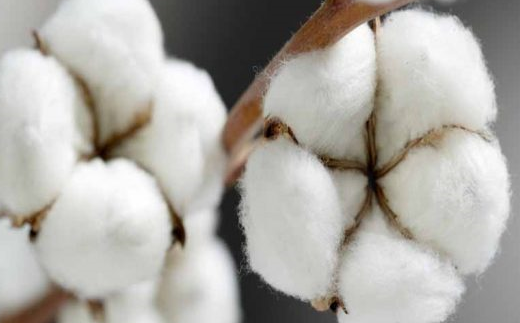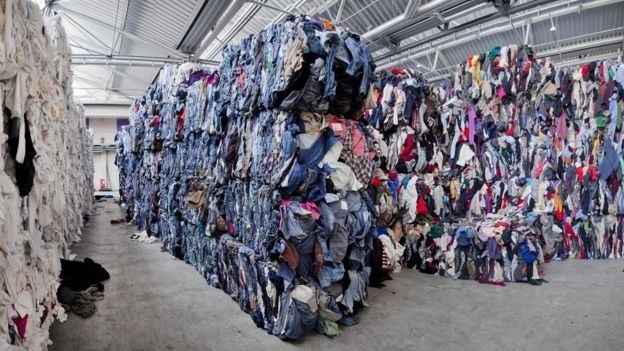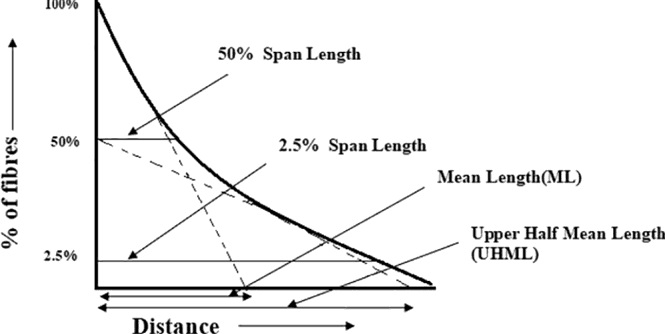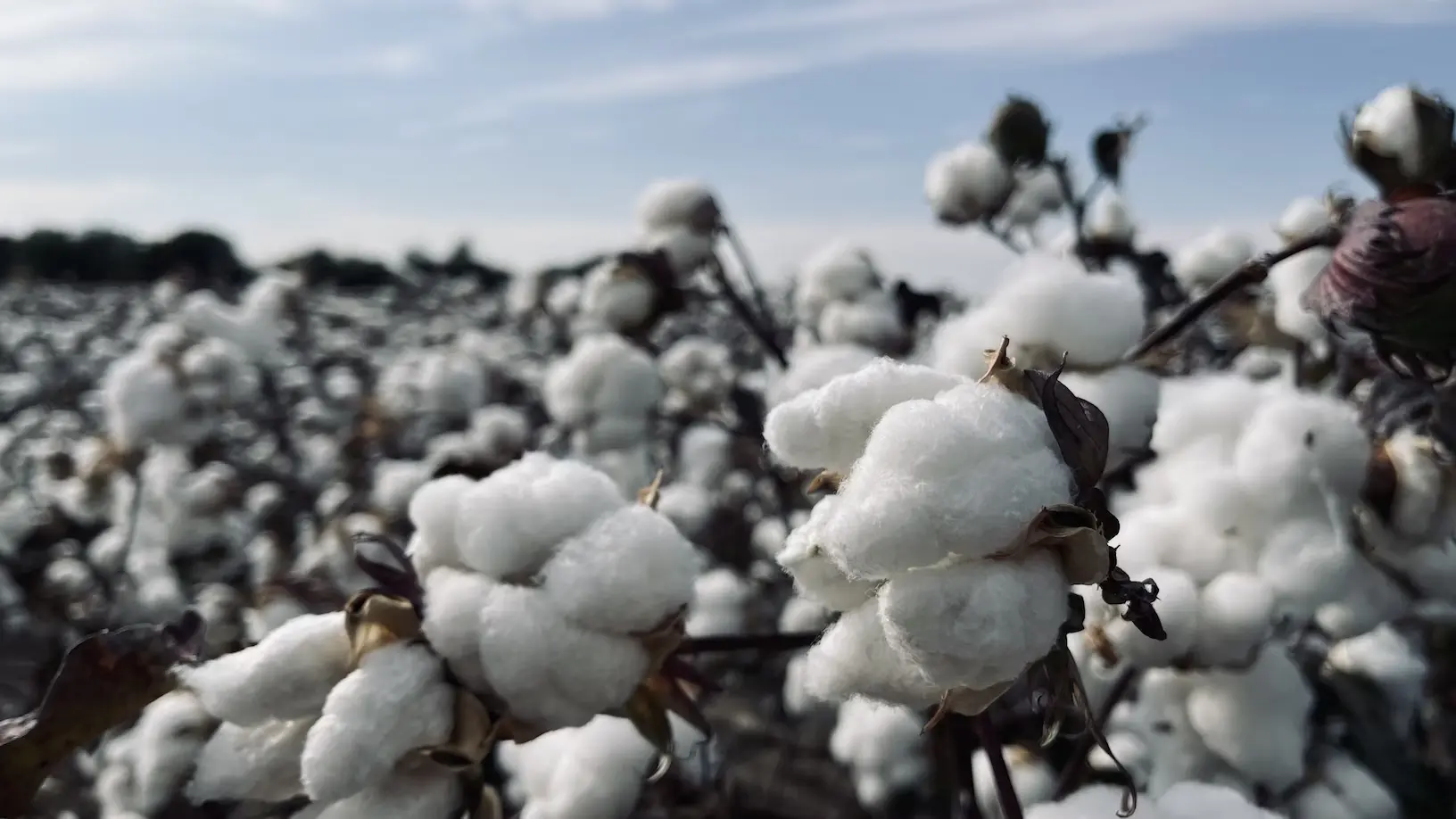Economic of gin operation
How much did the cotton gin cost? The gin cost in the cotton industry is distinguished by a continuously changing economic environment driven by technological substitution and advances in mechanical labor. For manual labor in the marketing and producing sectors. Further economic change has resulted from a geographical elaboration on the influence of government programs and production.
- Input costs
- Ginning capacity
- Ginning fees
- Quality control
- Market demand
- Marketing and sales
- Infrastructure and equipment
- Regulatory compliance
- Risk management
- Government support and policies
- Sustainability considerations
- Financial management
The need to enhance the efficiency of ginning is obvious by the fact that the cost of ginning represents a major cost in moving from the harvesting from the farm field to the cotton ginning mill. The estimated processing cost associated with cotton is shown In the box on the left.
| Component | Percentage of the total cost |
|---|---|
| Assembly seed cotton | 10 |
| Ginning | 40 |
| Warehousing | 15 |
| Merchandising | 35 |
| Total | 100 |
Inefficient gin loses money. Also, efficient ginning plants make money for their customer. Efficient ginning operations provide cotton growers with two benefits
- They increase the net return to the farmer
- Help cotton remain cost competitive with synthetic filaments.
How much did the cotton gin operation
how much did the cotton gin cost, firstly to manage and optimize cotton ginning costs, gin operators need to implement efficient processes. Invest in modern and automated machinery when feasible, Negotiate agreeable pricing for raw cotton, and focus on maintaining high-quality standards to attract customers and remain competitive in the market.
- Raw cotton purchase:
- Labor costs:
- Ginning fees:
- Energy costs:
- Maintenance and repairs:
- Infrastructure and facilities
- Packaging and transportation
- Insurance and taxes
- Quality control
- Compliance and regulatory costs
- Interest and finance charges:
- Marketing and sales expenses:
Like any independent business, cotton gins face a cost schedule that can be divided into the following.
- Fixed costs
- Variable costs
Costs arise regardless of the number of bales ginned that is, these costs will still be sustained if the ginned did not operate for one year. Annual fixed costs include depreciation, property insurance, mid-property taxes, and interest on investment. Also consider typically, the posts of permanent labor and management are also considered fixed.
Hence, Variable costs are dependent upon the number of bales of cotton ginned. Basically, variable costs are seasonal and are permanent labor, begging and ties, electrical energy, fuel energy, and repairs. Furthermore, one of the least important is advertisement, office supplies, promotion, and travel. The variable labor cost is usually subdivided into the cost of gin labor and office help.
Size of economies
Here’s how economies of size can be realized in cotton ginning:
- Lower fixed costs
- Higher productivity
- Bulk purchasing power
- Transportation efficiency
- Market power
- Specialization
- Risk spreading
A primary problem seen in most ginning mills is under-sized capacity than an optimum requirement. Indeed, the problem confronting cotton gin mills is the need for increased volume. Thus most gins process a lower volume of cotton than they’re suitable for handling. Therefore fewer bales must engage the total fixed costs. Hence, causing the per bale ginning cost to increase. A higher number of ginning volumes allows the fixed cost to captivate.
Modernization of gin
Almost every gin offers advantages constructed over the past few years similar to equipped for automatic unloading and for bale covering and strapping. Further, these gins are equipped with a modernized hydraulic press. Thus, the bales produced in these gins don’t bear extra contraction after leaving the gin.
Here are some key aspects of cotton gin modernization:
- Advanced machinery and technology
- Automation and robotics
- Quality control and data analytics
- Energy efficiency
- Dust and waste management
- Safety enhancements
- Data management and connectivity
- Infrastructure upgrades
- Compliance with environmental and regulatory standards
- Research and development
- Training and workforce development
Fewer modernizations, while allowing reduced ginning costs, place extra pressure on gin operation. This automated expense adds geometrically to the investment cost. The first thing to remember, it becomes imperative for gins to have a stable volume of cotton.
Cost of ginning
Deprecation and interest are the most important cost factors of cotton ginning if question in mind is, how much did the cotton gin cost. For the typical gin total costs of this is accounting for some 35~40 percent. Further to know these two fixed costs may be about the same, but generally, deprecation is larger. However, the total variable cost usually exceeds the fixed cost, if we calculate on a per-bale average basis,
Gin labor, ties and bagging, and electrical and fuel energy are the largest variable costs. However, one of the most, the total variable cost usually exceeds the fixed cost is gin repair also accounts. Hence, today’s more efficient gins operate with fixed costs representing about 35-38 percent of the total rather than the more typical 46 percent. All in all the estimated annual fixed and variable costs per bale, expressed as a percentage of total unit cost, for a typical gin, is shown in the table below.
Other reflections
The constantly changing lucrative environment increases the risk of cotton ginning operations. Further adds on are government programs, water requirements, insect control, and most importantly the global economy. And also, impact the location of cotton production and the yield of cotton. Hence these factors and other risks, directly impact the profitability of ginning operations.
“True Management is the key to a successful business”
So more than in many other businesses, gin’s future and fatal is measured by customer relations. Additionally, gin operations must constantly strive to meet the patron’s requirements but doing so may scarify effectiveness. Further, some gin directors may not be much worried about effectiveness as they’re in feeling that they’ve control over the gin process. In the final word analysis, gin management is the true key to a successful business.
Hint and Considerations
Surveys indicate that for larger gins, cost savings in the ginning operation also exist. More importantly, still, the estimates indicate that more meaningful savings could be achieved if gins could be assured the volume necessary to operate for an extensive period of time than utmost presently do. These savings are a result of the lesser application of gin machinery and accessories as well as operation and labor skills. Also because fixed costs may be spread over a bigger volume so, average costs are lower for extended operations
| Cost | Percent of total |
| Fixed costs: | |
| Depreciation | 15 |
| Interest | 15 |
| Insurance | 2 |
| Taxes | 3 |
| Management | 9 |
| Permanent gin labor | 2 |
| Permanent office labor | 2 |
| Total fixed cost | 46 |
| Variable costs: | |
| Office help | 1 |
| Gin labor | 15 |
| Dryer fuel | 4 |
| Electrical energy | 10 |
| Bagging and ties | 11 |
| Repairs | 9 |
| Miscellaneous | 4 |
| Total variable cost | 54 |
| Total fixed and variable cost | 100 |
The numbers In the column are rounded
How much does the cotton gin cost in 2024
The cost of cotton gins varies depending upon factors such as brands, gin capacity per day, and the types. An entry-level gin can be established will start at around $2,700 to $3,000 while medium-level gins can be cast around $7,000 to $14,000.







